
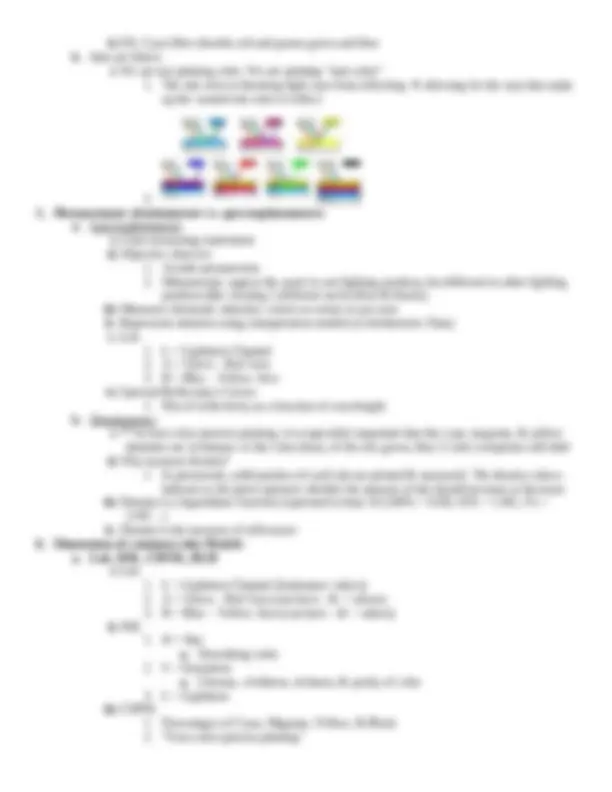
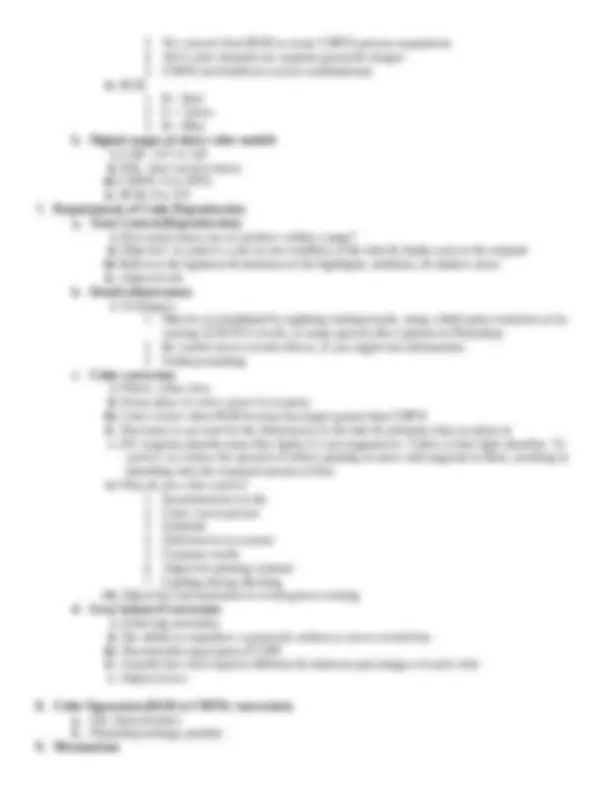
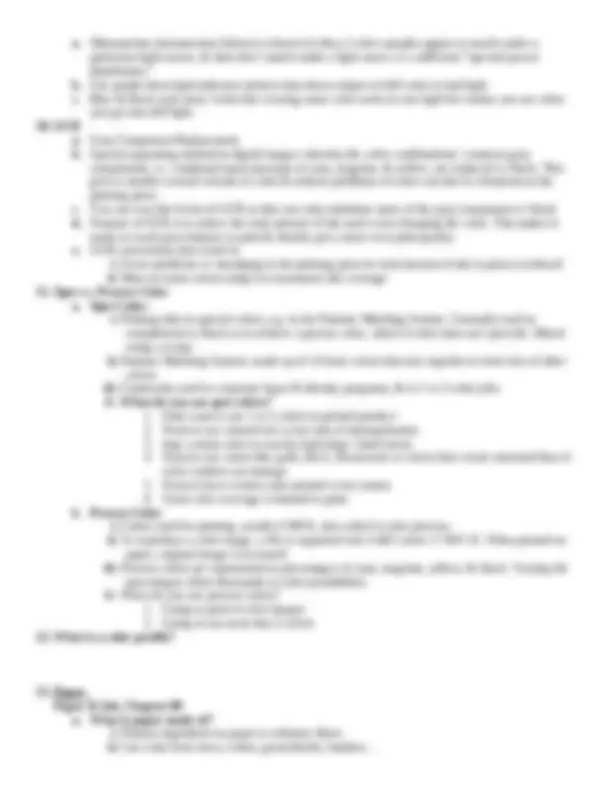
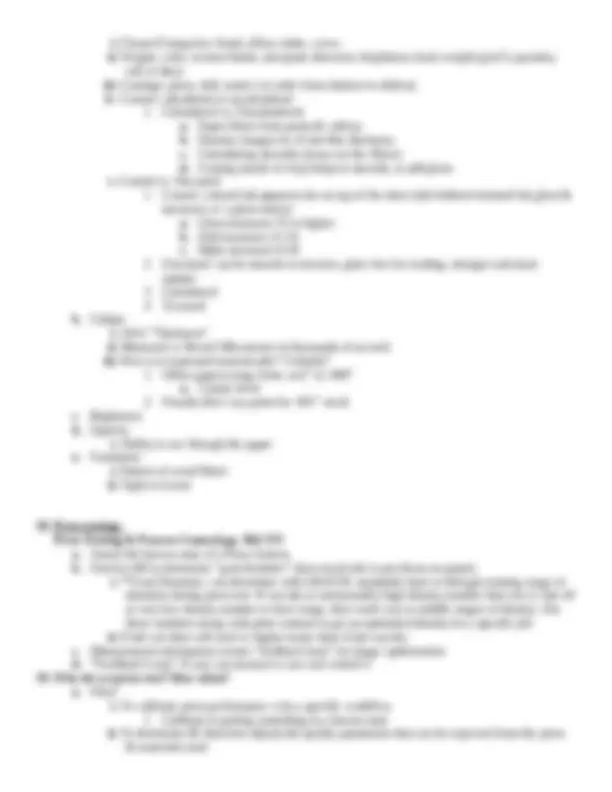
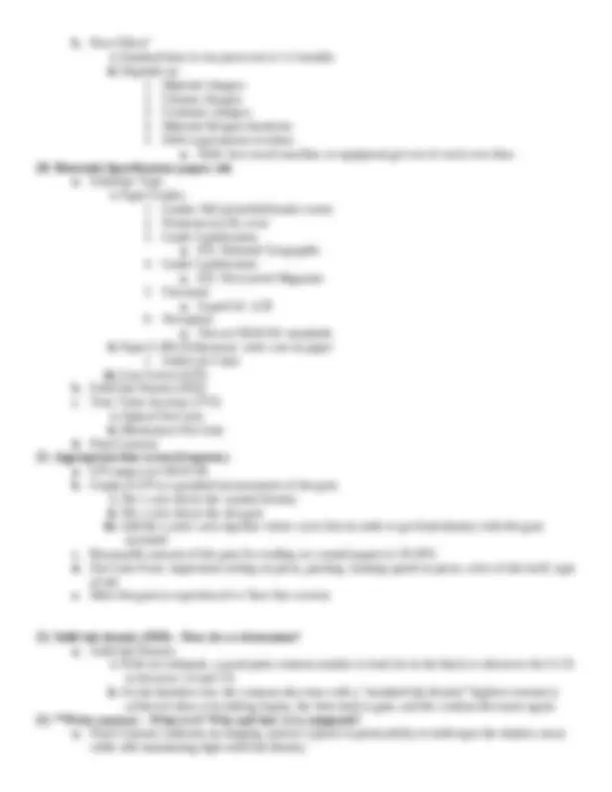
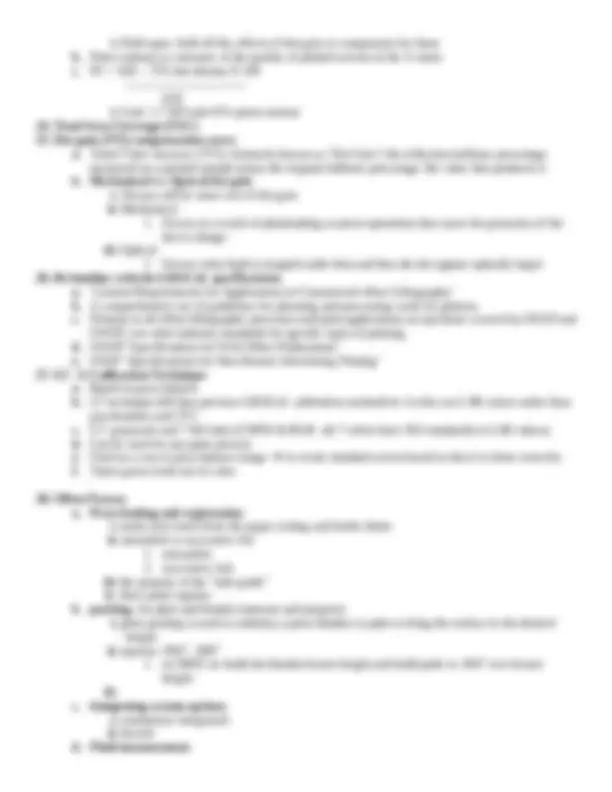


Study with the several resources on Docsity

Earn points by helping other students or get them with a premium plan


Prepare for your exams
Study with the several resources on Docsity

Earn points to download
Earn points by helping other students or get them with a premium plan
Community
Ask the community for help and clear up your study doubts
Discover the best universities in your country according to Docsity users
Free resources
Download our free guides on studying techniques, anxiety management strategies, and thesis advice from Docsity tutors
The intersection of conventional lithographic press and digital press technologies, focusing on the 'sweet spot' for profitable runs, di plate technology with waterless inks, and color theory. Topics include color perception, measurement, and requirements for color reproduction. Additionally, it covers paper characteristics, such as grain direction, important considerations when choosing paper, and paper math.
Typology: Study notes
1 / 11

This page cannot be seen from the preview
Don't miss anything!







a. Metamerism (metamerism failure) is observed when 2 color samples appear to match under a particular light source, & then don’t match under a light source w/ a different “spectral power distribution.” b. Use purple rhem light indicator stickers that shows stripes of diff color in bad light c. Blue & black sock story: looks like wearing same color socks in one light but realize you are when you get into diff light
length x width x basis weight of given sheet ------------------------------------------------------------------------------ x 2
Multiply by 2 because a ream in only 500 sheets iv. EX: What is the M-weight for 35 x 45 – 70#. Offset paper? 35 x 45 x 70 ----------------------- x 2 = 232M 950 f. Paper grain i. How/where is it formed?
i. Classes/Categories: bond, offset, index, cover ii. Weight, color, texture/finish, size/grain direction, brightness, basis weight (g/m^2 ), quantity, roll or sheet iii. Coatings: gloss, dull, matte ( in order from shiniest to dullest) iv. Coated: calendered or uncalendered
i. Hold open: hold off the effects of dot gain or compensate for them b. Print contrast is a measure of the quality of printed screens in the ¾ tones c. PC = SID – 75% tint density X 100
SID i. Goal: 1.7 SID and 41% print contrast
i. 128 oz =1 gallon ii. 64 oz = ½ gal iii. 32 oz = 1 quart iv. 16 oz = 1 pint v. 8 oz = 1 cup e. dampening solution i. components: